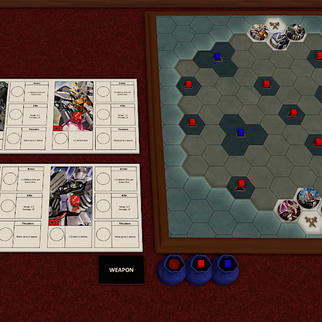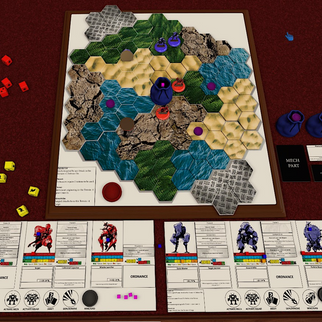top of page


Mech Battle Design Diary #06
Continuing development on the Mech Battle project, I explored new mechanics and design iterations. Adjustments to movement, health, and action systems aim to enhance gameplay depth and player engagement. While challenges persist, each iteration brings valuable insights and progress...
Aug 2, 20222 min read


Mech Battle Design Dairy #05
29th February was the first day this felt like an actual game. We playtested the new iteration with multiple changes that we had made prior. It held up decently, and we managed to get 2 good games in...
Feb 5, 20223 min read


Mech Battle Design Diary #04
We refine Mech Battle's core mechanics. Focus areas include developing a cohesive theme, nations vying for dwindling resources via mechanized combat, and enhancing action economy inspired by games like Spirit Island and Scythe. Key operations such as squad activation and streamlined drafting were introduced to promote strategic depth and team synergy...
Jan 20, 20224 min read


Mech Battle Design Diary #03
We refine Mech Battle's core mechanics. Focus areas include developing a cohesive theme, nations vying for dwindling resources via mechanized combat, and enhancing action economy inspired by games like Spirit Island and Scythe. Key operations such as squad activation and streamlined drafting were introduced to promote strategic depth and team synergy...
Jan 8, 20223 min read
bottom of page



